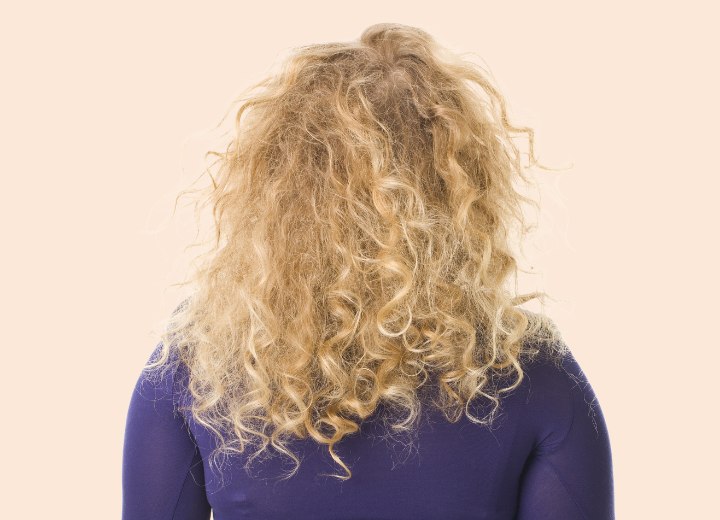Spiral Perm & Body Wave

A: You're absolutely right to feel confused. A body wave is designed to be the most subtle type of perm available. It uses very large rollers or rods to create just a hint of movement and texture rather than defined curls. The goal is to add volume, body, and manageability to your hair while maintaining a natural, barely-there wave pattern.
The technical difference lies in the wrapping technique. Body waves typically use the croquinole wrapping method, where your hair is wrapped around the rod so that each layer overlaps the previous one, creating a uniform wave from root to tip. This overlapping technique helps ensure that the wave pattern is consistent and gentle throughout the entire length of your hair.
Spiral perms, on the other hand, use a different approach entirely. The hair is wrapped around longer rods at an angle, with each section spiraling around the rod from bottom to top with minimal overlap. This creates the characteristic spiral or corkscrew effect that gives this type of perm its name.
Now, regarding styling your spiral perm to look more like a body wave, you do have some options, though it will require some effort and the right techniques. Since you can't undo the chemical process, you'll need to work with what you have. Try using a wide-tooth comb or your fingers to gently separate and stretch out the curls while your hair is damp. Apply a smoothing cream or light-hold gel to help relax the curl pattern.
You can also try blow-drying your hair with a diffuser on low heat while gently stretching sections with your fingers. Another technique is to loosely braid damp hair and let it air dry, which can help elongate the curls into more of a wave pattern. Keep in mind that these methods will only temporarily alter your curl pattern. The spiral shape will return when you wash your hair.

The chemical bonds in your hair that create the new curl shape are fully reformed during the neutralizing step of the perming process. Getting your hair wet afterward won't "wash out" or alter these newly formed bonds. However, there is some wisdom behind the old advice, even if the reasoning has evolved.
The real concern isn't about the curl pattern changing, but rather about protecting your hair during its most vulnerable period. The perming process temporarily opens up your hair's cuticle layer and can leave your strands more porous and fragile than usual. During this recovery period, which typically lasts about 48 to 72 hours, your hair is more susceptible to damage.
This is why your stylist advised against shampooing and conditioning immediately after your perm. Most shampoos contain sulfates and other cleansing agents that can be too harsh for freshly permed hair. Similarly, some conditioners contain ingredients that could potentially interfere with the hair's adjustment period. Plain water, however, is perfectly safe and won't cause any problems.
©Hairfinder.com
See also:
More about perms
How soon following a perm can one get hair wet in a spa tub?
How long after getting a perm do I have to wait to swim in a pool?